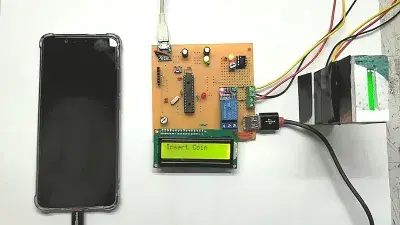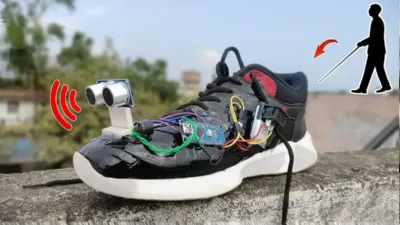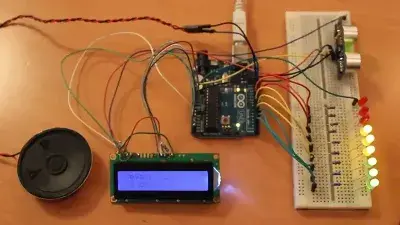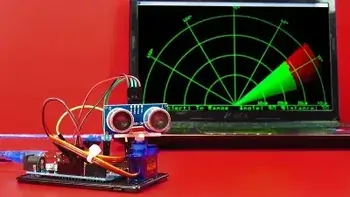This project will show you how to use Arduino to build an optical circuit for a motion sensor. The motion sensor light circuit is a circuit that turns on the light when motion is detected. The
Arduino's built-in PIR motion sensor allows you to detect motion and, when that motion is detected, program the Arduino to turn on the light for a specified amount of time.
For example, when motion is detected, turn on the light connected to the output of the PIR sensor for 1 minute. This is how most off-the-shelf motion detectors work. When motion is detected, the light will stay on for about 1-2 minutes. It doesn't help much if the light is on and stays on for the seconds that motion is detected. When the motion sensor light detects a motion, it stays on for at least a period of time, on average, for an average of 2 minutes so that it can provide lighting for that time if the person who triggered the sensor is nearby. And after this time, the switch turns off. If a person keeps moving near the motion sensor, the motion sensor will be triggered again and turned on again for 2 minutes. This cycle lasts as long as necessary. Again, most off-the-shelf motion sensor lights work this way.













